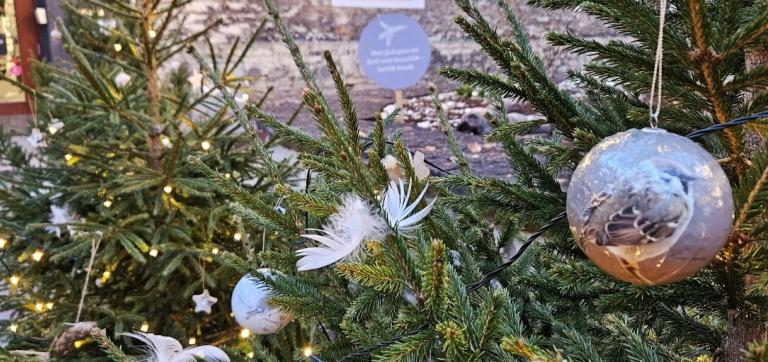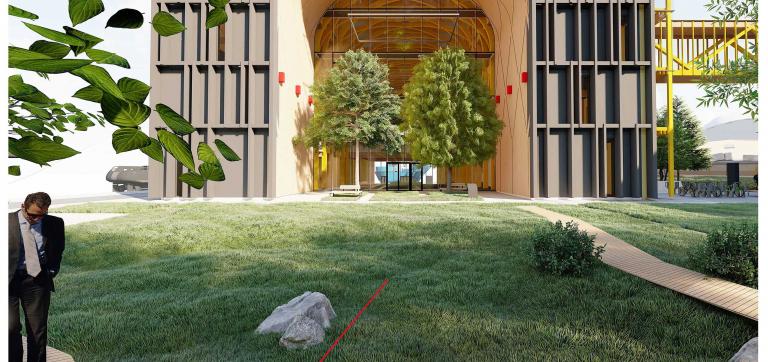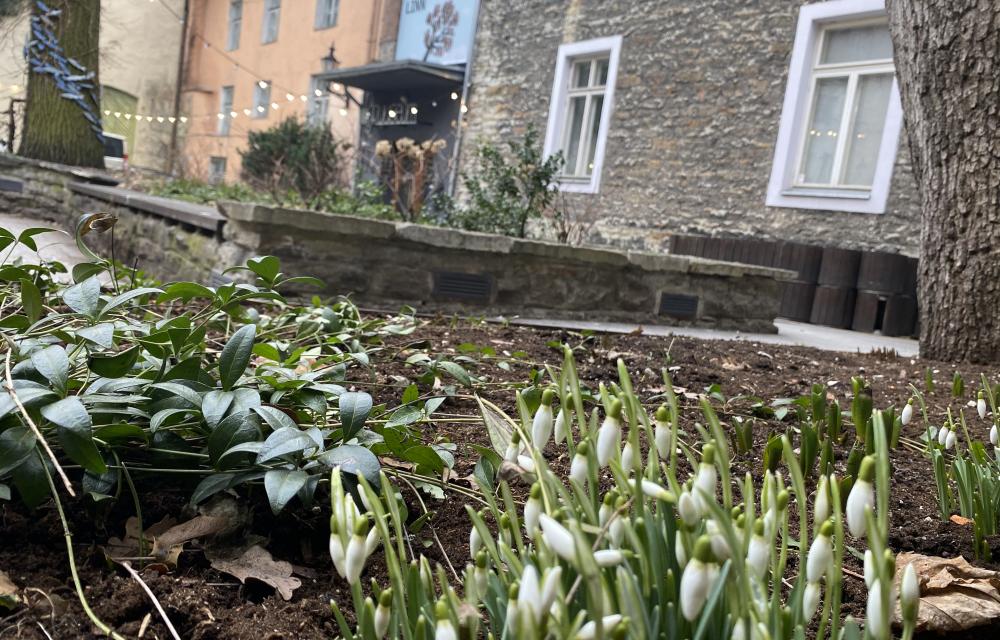Recently, there have been reports of puma sightings from southeast Estonia. From Thursday, October 16, it will be possible to see a puma with your own eyes, along with a lynx, at the pop-up exhibition "Puma Boom" at the Estonian Museum of Natural History in Tallinn. By comparing a puma and a lynx brought out from the museum's collections, you can examine the differences between the two cats and critically think about how a puma could end up in Estonia and cope in the local conditions.
Autumn reports of puma sightings in southeast Estonia have caused quite a stir, but there is still no official confirmation that it was indeed a puma . “There are many questions and stories circulating around the puma, which we are giving a zoological perspective with a pop-up exhibition,” says Heidi Jõks, director of the Estonian Natural History Museum.
The pop-up exhibition will be set up for eight months in the forest hall of the Estonian Natural History Museum. “For the “Puma Boom” exhibition, we have specially brought an 8-month-old young puma and a lynx from the museum’s collections. Those interested will have the opportunity to examine with their own eyes the differences between the Estonian wildcat and the American master adaptator and learn about their range and habitats,” shares the museum’s zoologist Joosep Sarapuu. “Each visitor can then critically think about how a puma could end up in Estonian nature and how a distant guest could cope in our conditions,” adds Sarapuu.
The pop-up exhibition will also answer whether a puma and a lynx can be dangerous to humans and how to behave when encountering them in the wild. We will also investigate whether a puma and a lynx can also be dangerous to each other and which of them would win in a duel.
The pop-up exhibition will remain open until November 30. The museum is open Tue-Sun 10 am-5 pm.
Take the opportunity to visit the historic building of the Estonian Museum of Natural History for the last time. In the fall of 2026, we will close the doors of today’s museum to open them again in the Baltics’ largest public wooden building, Loodusmaja, at the beginning of 2027.


